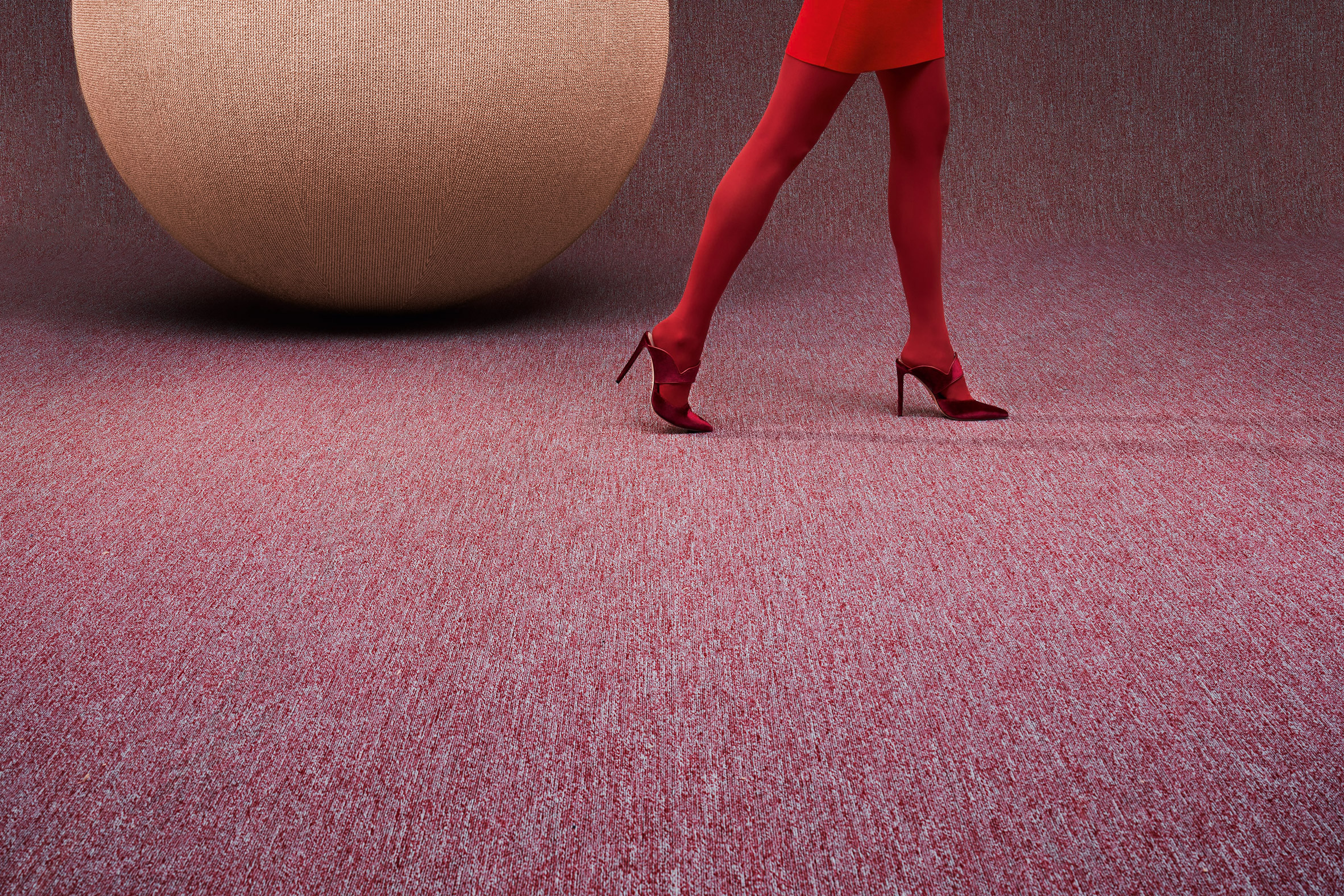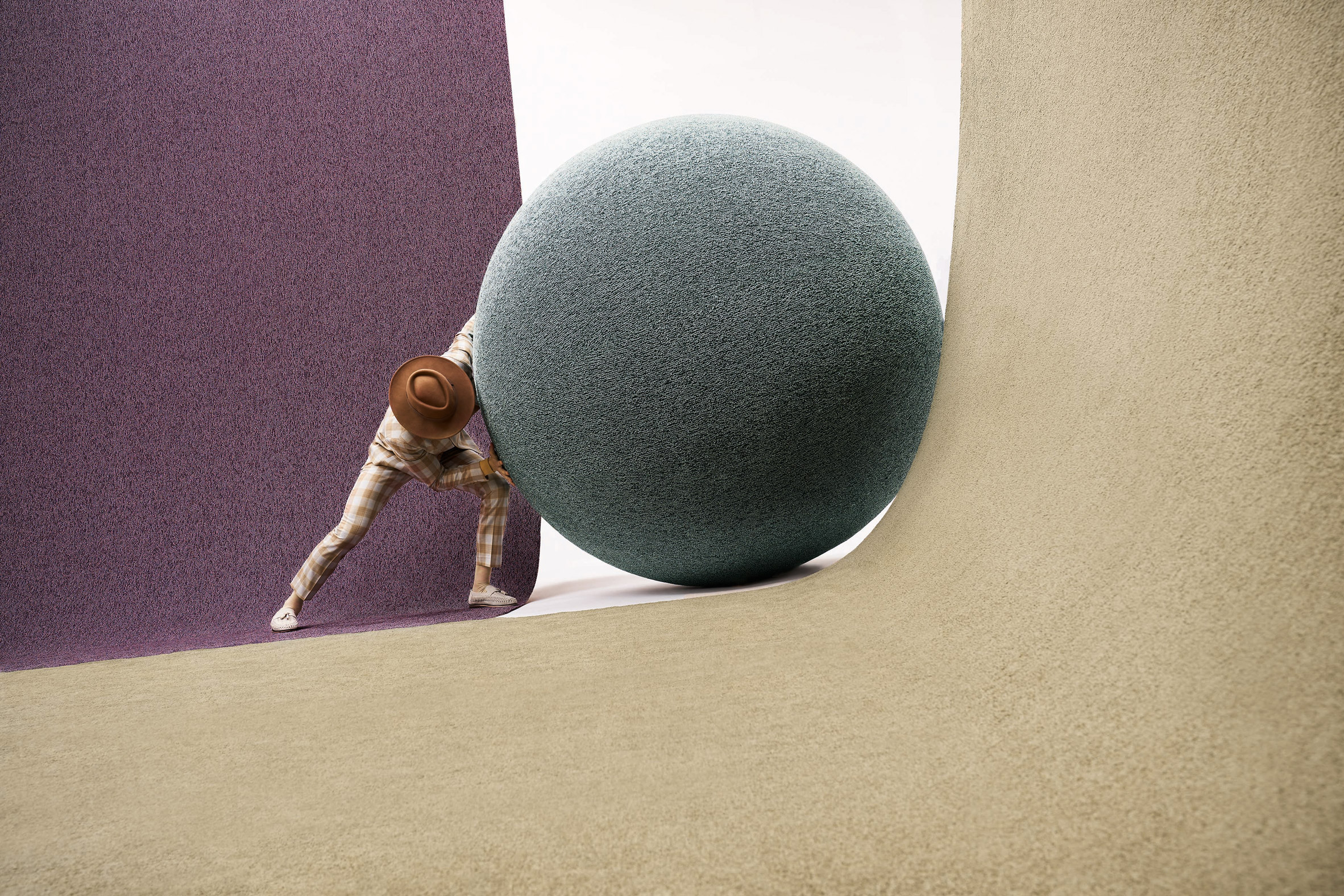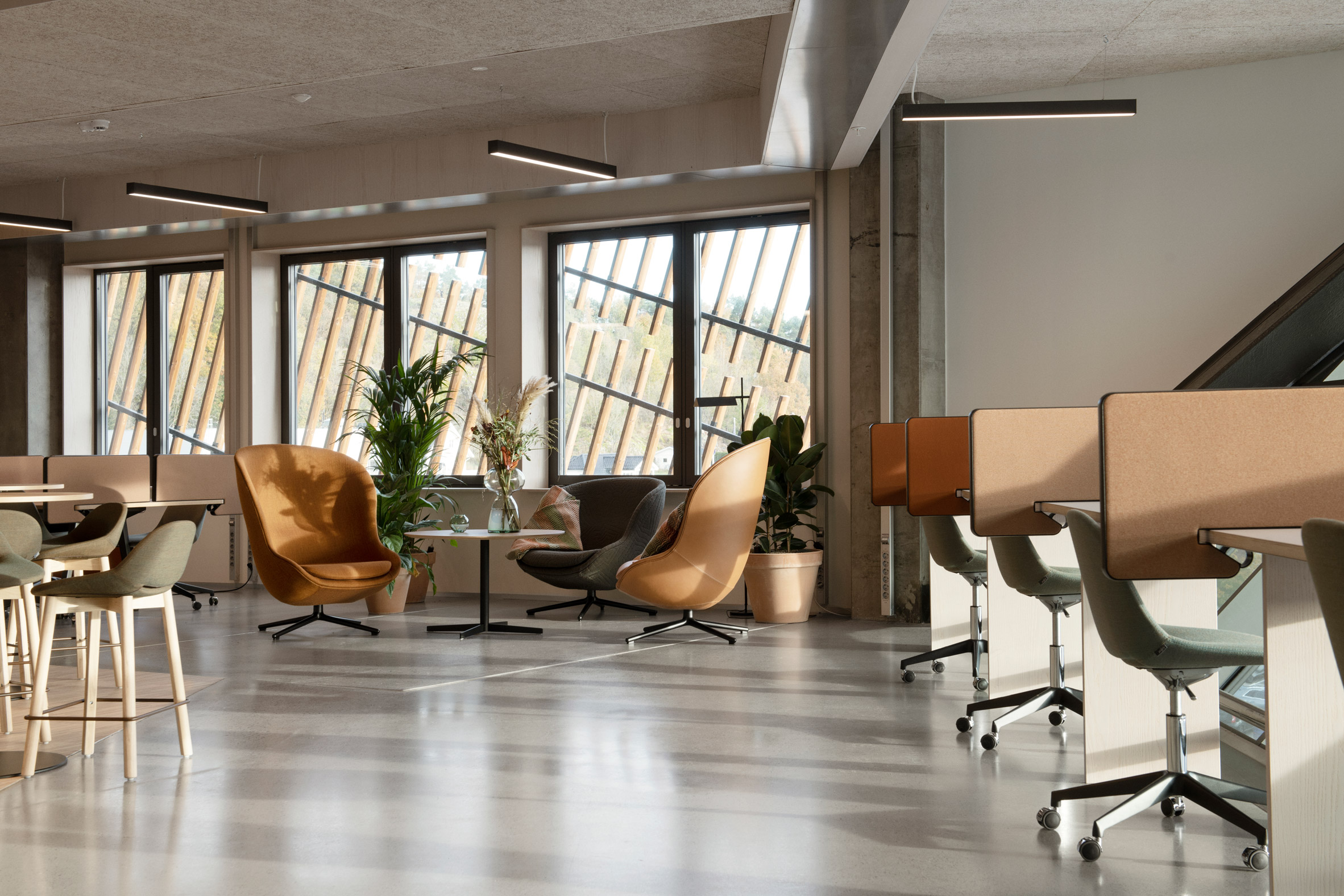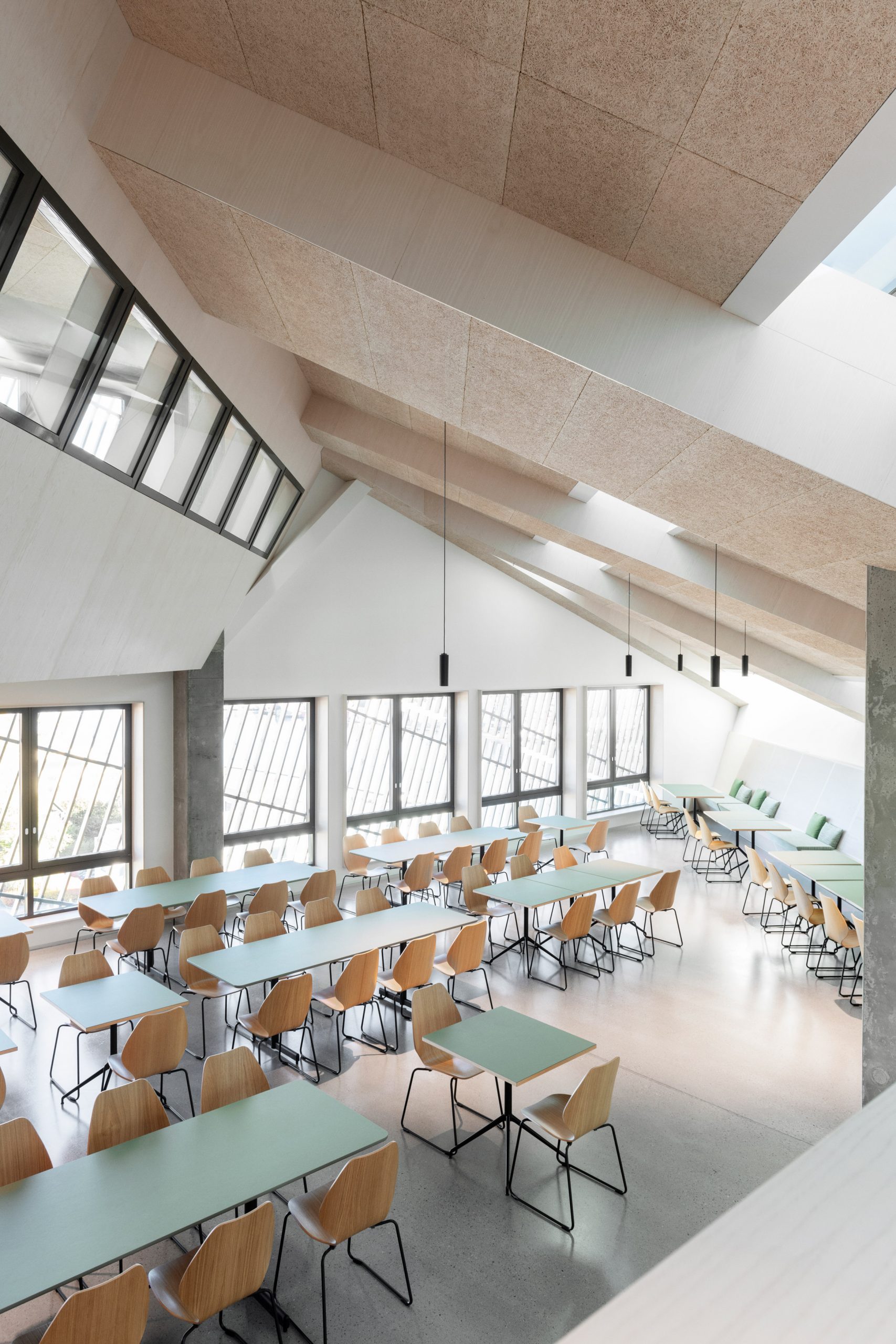
Dezeen promotion: Object Carpet has collaborated with the Ippolito Fleitz Group to launch a varied collection of carpets that range from soft, plush textures to coarser, looped structures.
The Object Carpet x Ippolito Fleitz Group flooring collection aims to convey a sense of "sensuality, cosiness and security" through the creation of different textures and colourways.
The new range includes eight new materials that are available in a total of 111 colours. The designs include Skill x Chill, Meet x Beat, Move x Groove, Flow x Glow, Deal x Feel, Highs x Sighs, Craze x Chase and Walk x Talk.

According to the company, each style has been named after the mood and atmosphere it is best suited to.
Highs x Sighs, for instance, is tailored to home environments with its dense pile that makes it "so invitingly soft that you will want to sit down on it and let out a relaxed sigh".
This style comes in 10 different shades including greys, blues and a dusty pink hue.

Walk x Talk, on the other hand, boasts a minimal design that Object Carpet suggests could be placed in parliamentary buildings as "an elegant understatement".
This design comes in 19 colours, which include different shades of yellow, varied grey tones and two types of green; light and dark.

"Interesting structures – sometimes finely intertwined, sometimes with concise knobs or with a dense pile – give each of the carpets a special appearance," said Object Carpet.
"The colour variations, from subtle natural to surprisingly experimental, play a decisive role," the brand continued.
"Like a new outfit, their refined interplays change the carpets' visual effects, and create the best conditions for use in different types of rooms, whether in a hotel room, a lounge, an educational institution or a prestigious office."

Skill x Chill is made up from a slightly shiny material that is formed in rippled loops, making it both protective and metallic to create a "certain glamour".
Meanwhile Move x Groove sees dual shades of fabric come together in an organic, grainy pattern to offer "seemingly endless structures and colour schemes". This carpet design is best suited to large surfaces.

Each of the designs are available as sheet material, acoustic tiles and RUGX fitted carpets.
Object Carpet had planned to present the new collection in a large installation at Ventura Centrale during this year's Milan design week, however as the event was cancelled due to the coronavirus pandemic, the brand created a short film instead titled Escapade.
The video, which is featured at the top of this page, saw the company recreate a version of the planned installation as a film set, shot in a "film noir" style and interpreted by fashion photographer Monica Menez.

Founded in 1972, Object Carpet offers over 1,200 designs for rugs, carpet tiles and custom-cut carpets. Ippolito Fleitz Group, founded in 2002, is a multidisciplinary design studio based in Stuttgart.
For more information on the Object Carpet x Ippolito Fleitz Group collection, visit the Object Carpet website.
The post Object Carpet's latest textile flooring collection treats "the room as a stage" appeared first on Dezeen.
from Dezeen https://ift.tt/2HXRCRx












